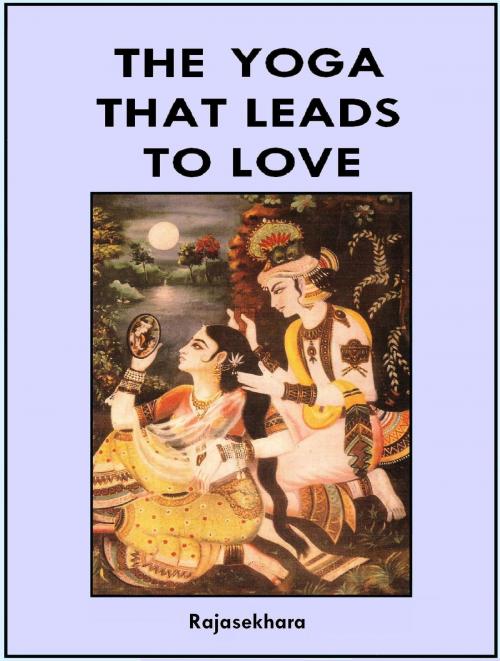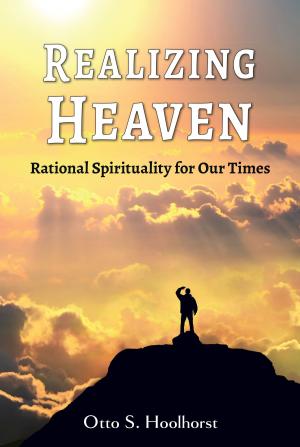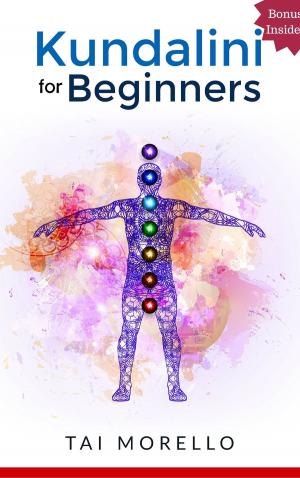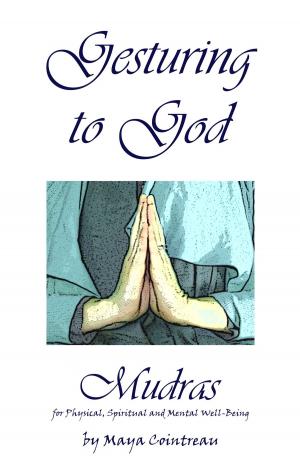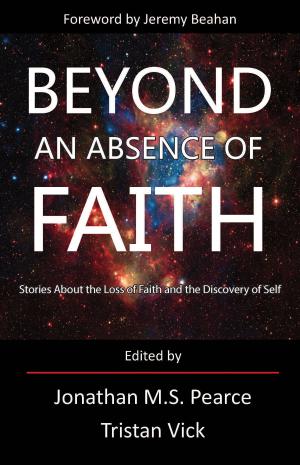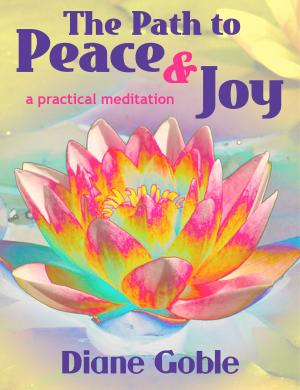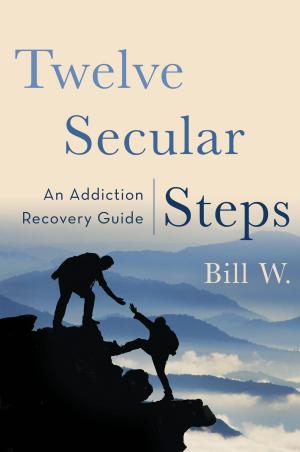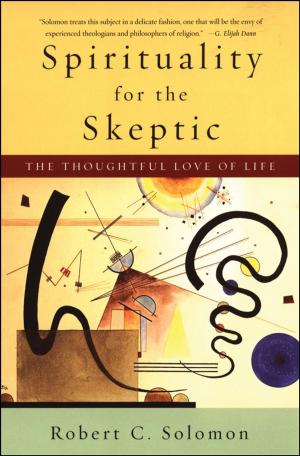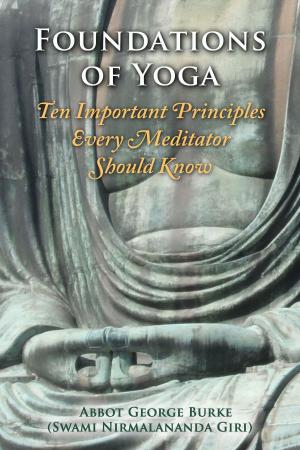| Author: | Rajasekhara | ISBN: | 9781310392849 |
| Publisher: | Rajasekhara | Publication: | June 12, 2015 |
| Imprint: | Smashwords Edition | Language: | English |
| Author: | Rajasekhara |
| ISBN: | 9781310392849 |
| Publisher: | Rajasekhara |
| Publication: | June 12, 2015 |
| Imprint: | Smashwords Edition |
| Language: | English |
In ancient India, yoga was the primary medium for achieving communion with God, but today, yoga is mostly considered to be some form of physical exercise to improve ones bodily health, well-being and peace of mind, and connected to Ayurveda, the ancient Indian system of medicine. This perception has been created by the glut of ‘new-age’ yoga guru’s, who are cashing in on the new age of spiritual awareness sweeping the world in the wake of the Golden Avatara’s Shri Chaitanya’s incarnation on Earth. This wave of spiritualism, with its roots in India, which first appeared in the west during the 60’s 'Hippie counter-culture, is now very visible all over the world, from east to west, and from north to south. Everywhere one looks today, the new age culture of yoga and meditation, belonging to the worlds oldest known tradition, has now metamorphosed into the most dynamic new form of spiritualism that the world has ever seen. Yoga and meditation has been the central theme in the life of every Indian since recorded history began during the Rig Vedic period almost ten thousand years ago. The great devotional revolution that occurred in Indian religion 500 years ago, after the advent of the Golden Avatara Shri Chaitanya, has now moved outside the borders of India and has encompassed the entire world in just 50 short years. The central pillar of this spiritual revolution is the sankirtan movement started by Shri Chaitanya, who traveled on foot throughout the Indian subcontinent chanting the holy names of God and encouraging everyone to take part in the bhakti yoga process, by joining in the congregational singing of the Maha-mantra: Hare Krishna, Hare Krishna, Krishna Krishna, Hare Hare - Hare Rama, Hare Rama, Rama Rama, Hare Hare.
In ancient India, yoga was the primary medium for achieving communion with God, but today, yoga is mostly considered to be some form of physical exercise to improve ones bodily health, well-being and peace of mind, and connected to Ayurveda, the ancient Indian system of medicine. This perception has been created by the glut of ‘new-age’ yoga guru’s, who are cashing in on the new age of spiritual awareness sweeping the world in the wake of the Golden Avatara’s Shri Chaitanya’s incarnation on Earth. This wave of spiritualism, with its roots in India, which first appeared in the west during the 60’s 'Hippie counter-culture, is now very visible all over the world, from east to west, and from north to south. Everywhere one looks today, the new age culture of yoga and meditation, belonging to the worlds oldest known tradition, has now metamorphosed into the most dynamic new form of spiritualism that the world has ever seen. Yoga and meditation has been the central theme in the life of every Indian since recorded history began during the Rig Vedic period almost ten thousand years ago. The great devotional revolution that occurred in Indian religion 500 years ago, after the advent of the Golden Avatara Shri Chaitanya, has now moved outside the borders of India and has encompassed the entire world in just 50 short years. The central pillar of this spiritual revolution is the sankirtan movement started by Shri Chaitanya, who traveled on foot throughout the Indian subcontinent chanting the holy names of God and encouraging everyone to take part in the bhakti yoga process, by joining in the congregational singing of the Maha-mantra: Hare Krishna, Hare Krishna, Krishna Krishna, Hare Hare - Hare Rama, Hare Rama, Rama Rama, Hare Hare.
